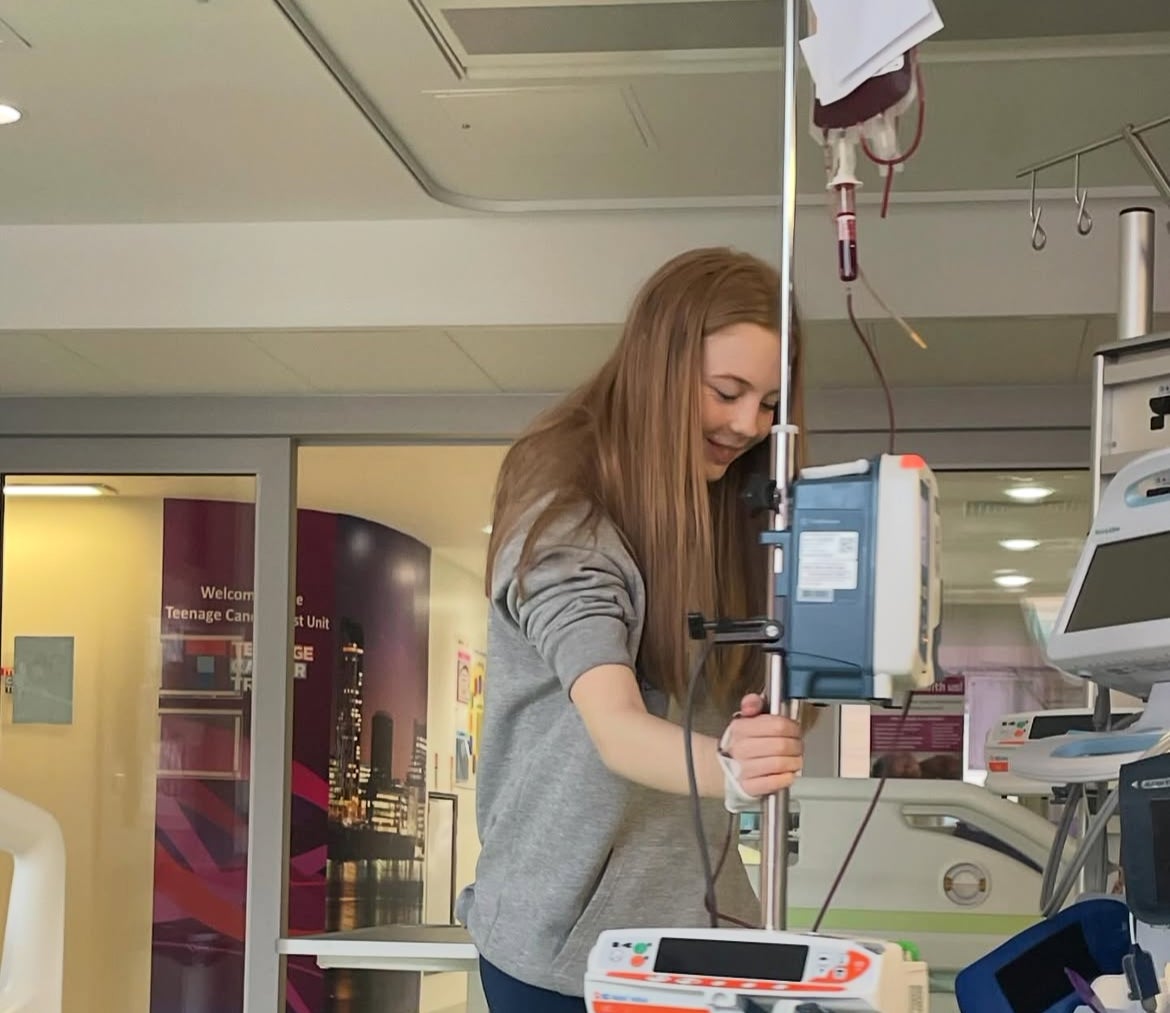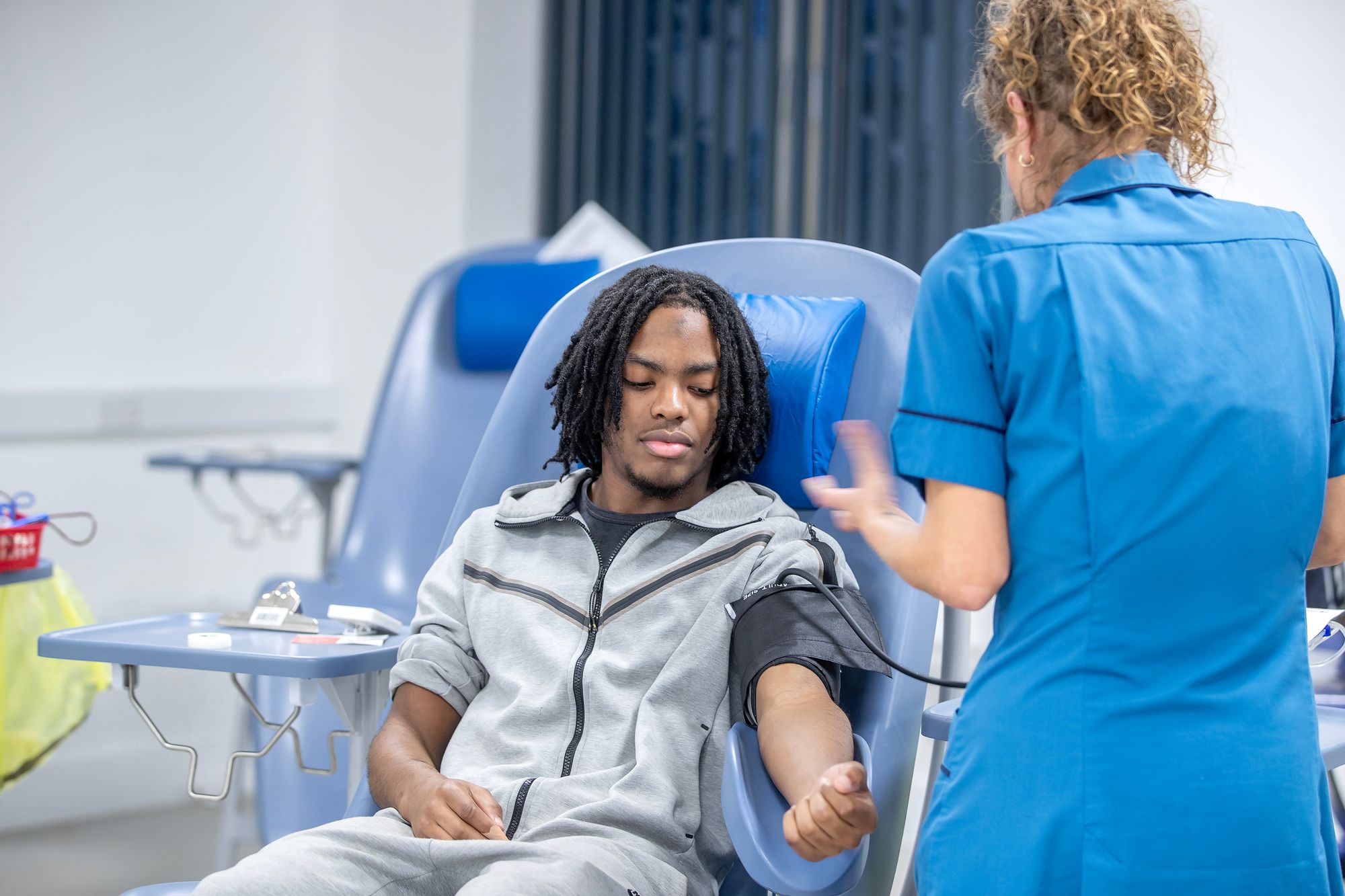New driving licence applicants in Britain will now be encouraged to register as blood donors.
This initiative, a collaboration between the Driver and Vehicle Licensing Agency (DVLA) and NHS Blood and Transplant (NHSBT), aims to boost the number of young, regular donors.
Individuals applying for licences will receive an email containing a direct link to register, alongside a vital message highlighting how blood donation saves lives.
Officials estimate the message will be seen by millions of people each year.
More than half of people who regularly give blood are over the age of 45, NHSBT pointed out, saying that more younger donors are needed to secure future blood supplies.
People can donate from the age of 17 and register from the age of 16.
The organisation said it hopes the new initiative will build on its previous successful organ donor partnership with the DVLA.
Since 1994 the driving licence application has included an option to join the organ donor register.
NHSBT said that around 70 per cent of people signed up to the register did so through this prompt.
It said hospitals across England need 5,000 blood donations every day to treat patients with a wide variety of conditions, including traumatic injury, childbirth, blood disorders and cancer treatments.
Maisie Marsh, 17, has received more than 100 transfusions throughout her life.

Maisie, who has a rare blood disorder called pyruvate kinase deficiency, said she hopes the initiative will encourage more young people to become blood donors.
The teaching assistant from Liverpool, who hopes to learn to drive soon, needs blood transfusions to ease her symptoms and help her to lead a normal life.
“Many people my age probably haven’t thought of giving blood. Having the option to sign up when applying for a driving licence is a good way to get the message out to people who are the right age to start donating,” she said.
“I know first-hand the difference blood donors make.
“Transfusions were vital for me to grow and thrive when I was young and now they help me to stay well and lead a normal life.

“People mostly associate blood transfusions with emergencies but every day there are so many people like me who need blood for ongoing conditions.
“My family and I are always asking people to give blood if they can. It’s so easy, and you save lives.”
Altaf Kazi, assistant partnerships director for NHS Blood and Transplant, said: “At 17 you can both learn to drive and start giving blood, so this new partnership with the DVLA is a fantastic opportunity for the NHS to reach more younger people who have a lifetime of donating ahead of them.
“More than half of our regular donors are aged over 45. We need more young people to become regular donors to ensure lifesaving blood is there for patients who need it now and in the future.
“Giving blood is quick and easy. In just one hour you can save up to three lives. Please register and book your first appointment today.”
Tim Moss, DVLA chief executive, said: “We’re proud to support NHS Blood and Transplant in encouraging more young people to become blood donors.
“With millions of driving licence applications processed each year, DVLA is in a unique position to help raise awareness and make it easier for people to take that first step.
“This simple addition to our digital services could help save lives.
“Younger donors are vital to the future of the blood supply, and we’re pleased to play a part in helping more of them get involved.”

.jpeg)



















.jpeg)













 English (US) ·
English (US) ·